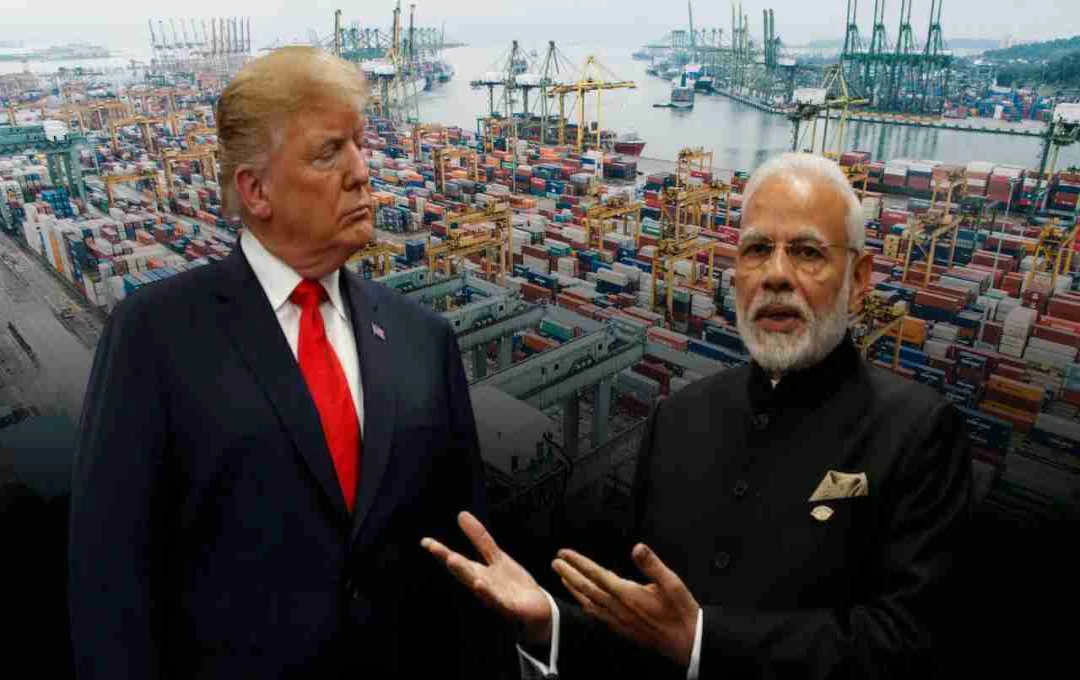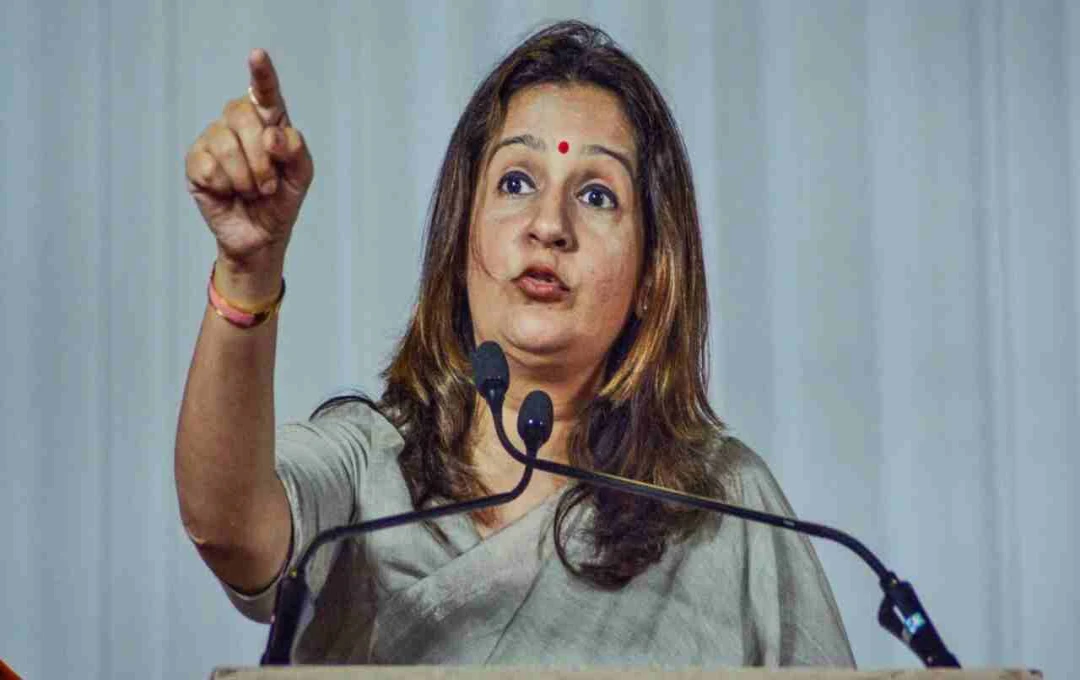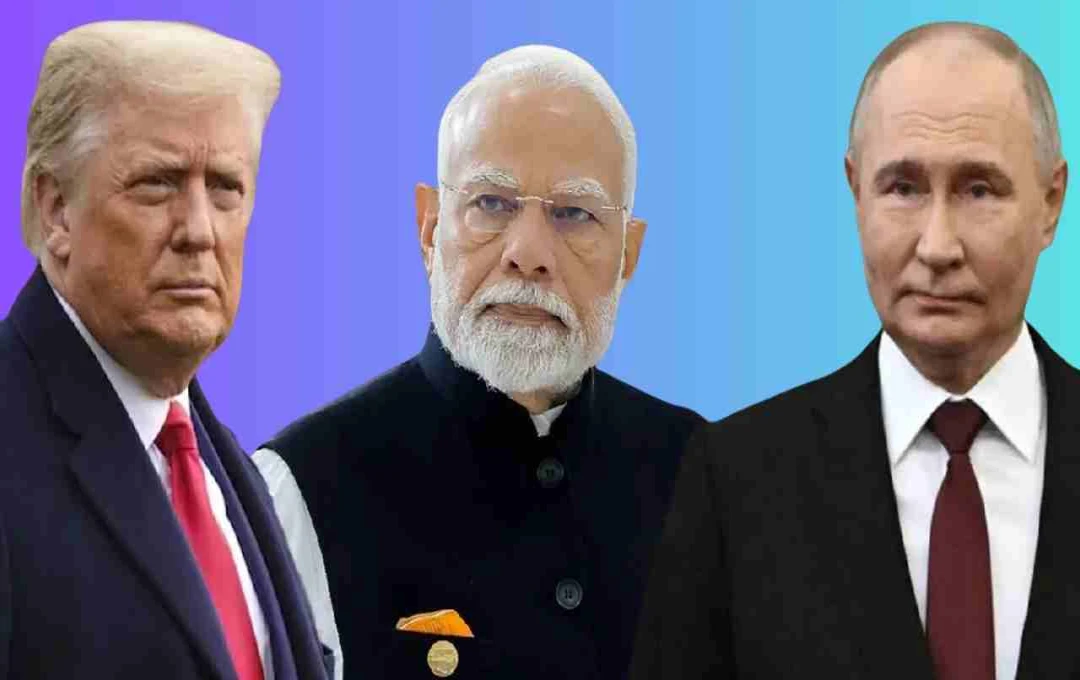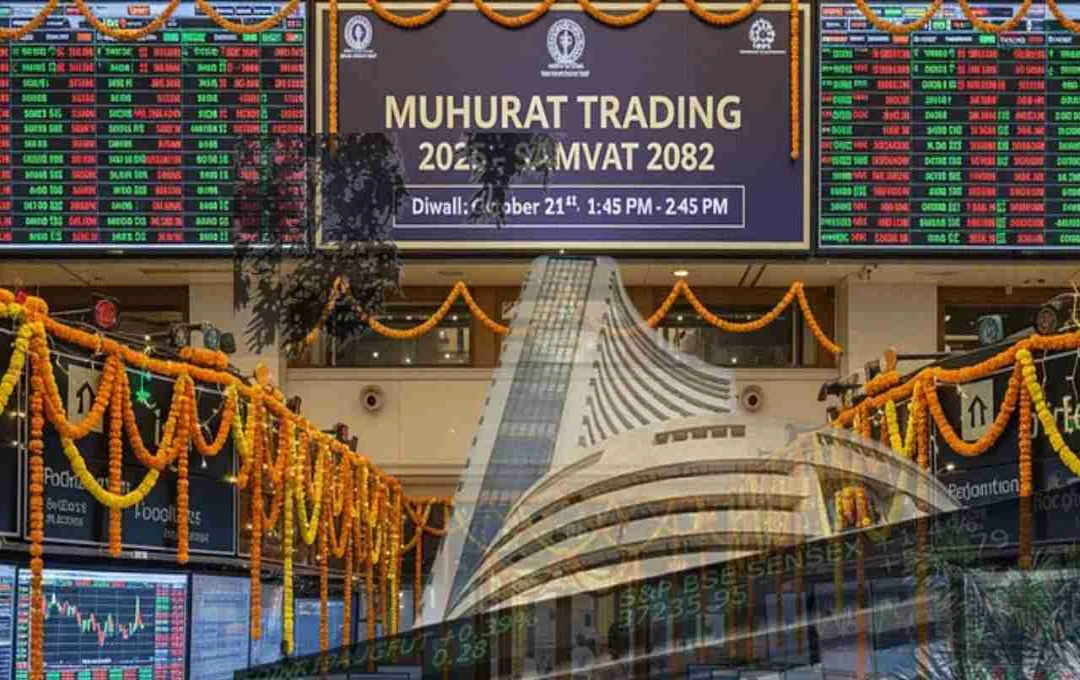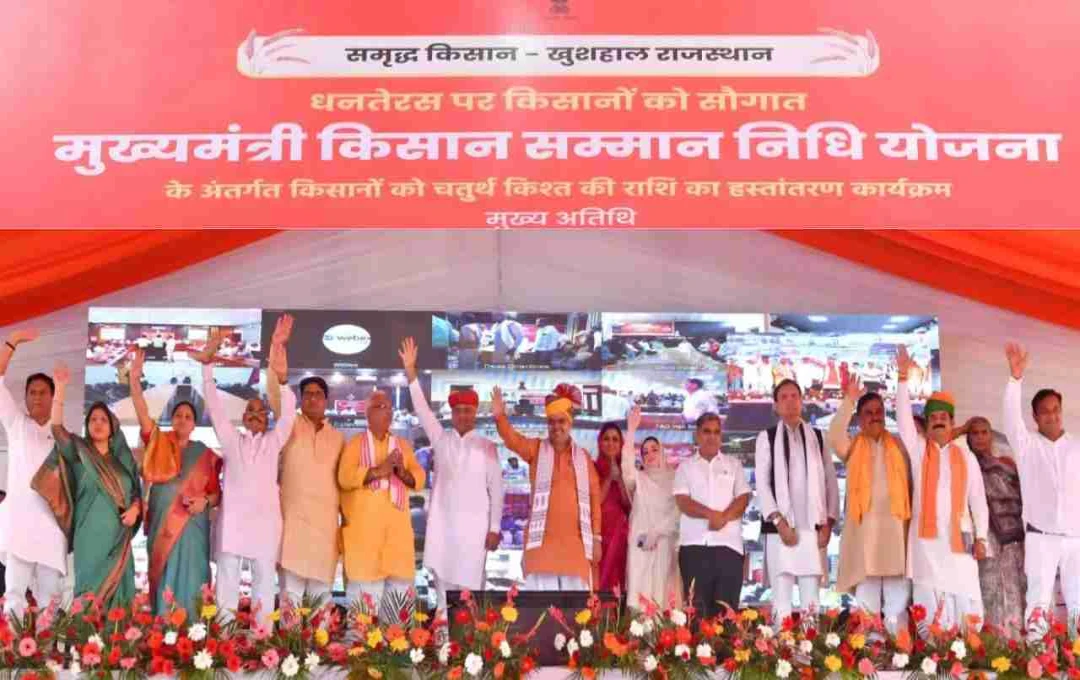India's textile exports may decline by 9-10% due to American tariffs. To compensate for the losses, India will increase trade with Britain and the EU. Free Trade Agreements will benefit the ready-made garment and home textile sectors and open new markets for Indian companies.
India Textile Export: The United States has imposed a 50% tariff on India, posing a risk of decline in textile exports. To mitigate this loss, India will boost its trade with Britain and the European Union. The India-UK Free Trade Agreement and a potential India-EU agreement will benefit the ready-made garment and home textile sectors, thereby balancing the impact of American tariffs.
Impact of American Tariffs
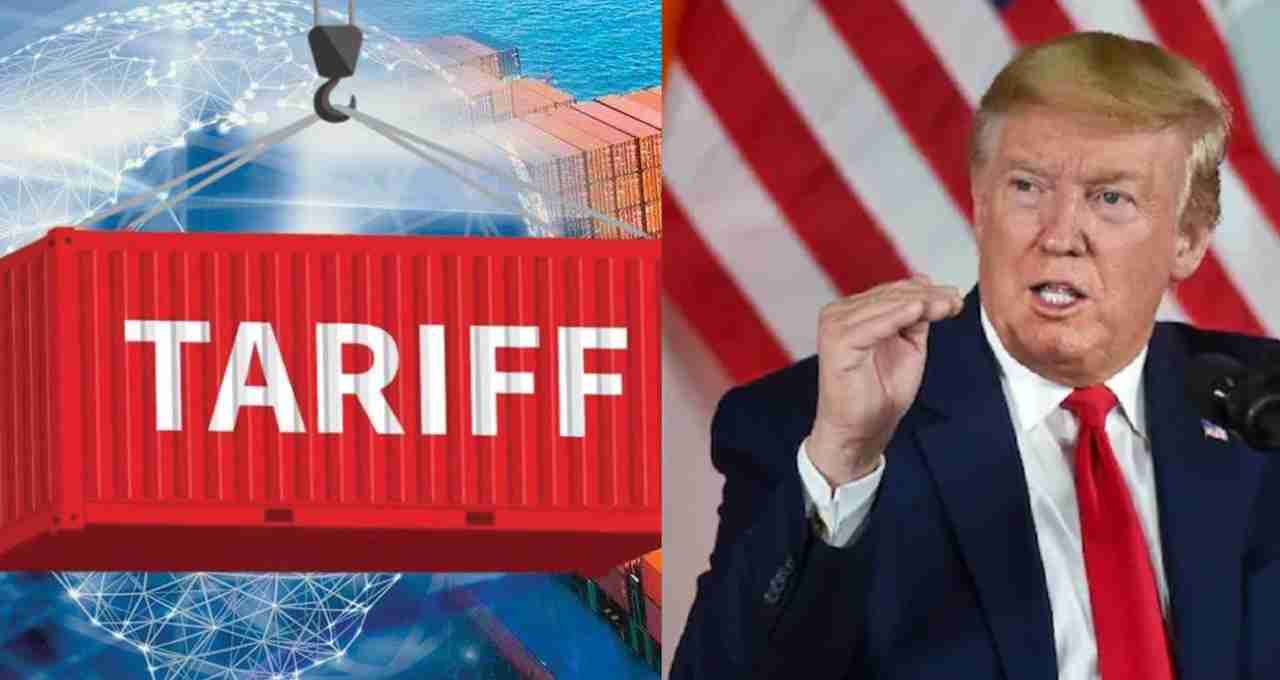
U.S. President Donald Trump had imposed tariffs of up to 50% on India, citing the purchase of oil from Russia as a pretext. Additionally, he exerted tariff pressure on many countries worldwide. However, the American courts have also reprimanded Trump for this move. The direct impact on India was felt in textile exports, which could have seen an estimated decline of 9 to 10 percent. This loss could primarily affect the readymade garments (RMG) and home textile sectors.
Opportunities in Britain and Europe
The Indian textile industry is now planning to increase its exports by leveraging the Free Trade Agreement (FTA) with Britain. According to a report by CareEdge Ratings, this agreement between India and Britain will prove very beneficial for the RMG and home textile sectors. This agreement will provide India access to the British market, valued at approximately 23 billion dollars.
The European market is also set to open up for Indian companies in the coming times. Negotiations for an FTA between India and the European Union are underway. If the agreement is finalized, Indian textile exporters will be able to send their products there and reduce the losses incurred due to American tariffs.
Impact on the Indian Textile Sector
America is the largest market for India's textile and apparel sector. Indian companies earn good profit margins on their goods there. According to the report, the Indian sector could face losses of up to 9-10 percent by 2026 due to American tariffs. The PBILDT margin for RMG and home textile exporters could decline by 3-5 percent.
Experts believe that the extent of the loss will depend on how Indian companies manage their price structures with American customers. If companies adopt the right strategies, losses can be minimized while maintaining market share in the American market.
America Becomes the Largest Market for Textiles

America is the largest and most important market for India's textile and apparel sector. Over the last four years, approximately 28-29 percent of India's exports have been to America by 2024. Products made from cotton, in particular, are in high demand in the American market.
India's strength in this market primarily depends on product quality, timely delivery, and competitive pricing. American tariffs have compelled Indian exporters to adopt new strategies.
New Avenues for Trade
The Indian textile industry will no longer be entirely dependent on America. The impact of American tariffs can be mitigated by increasing trade in the British and European Union markets. Furthermore, Indian companies have also started working on new marketing strategies and product diversification.
Along with this, investments are also being made to enhance production and quality in the RMG and home textile sectors. This move will further strengthen India in the global market and balance the pressure from American tariffs.
